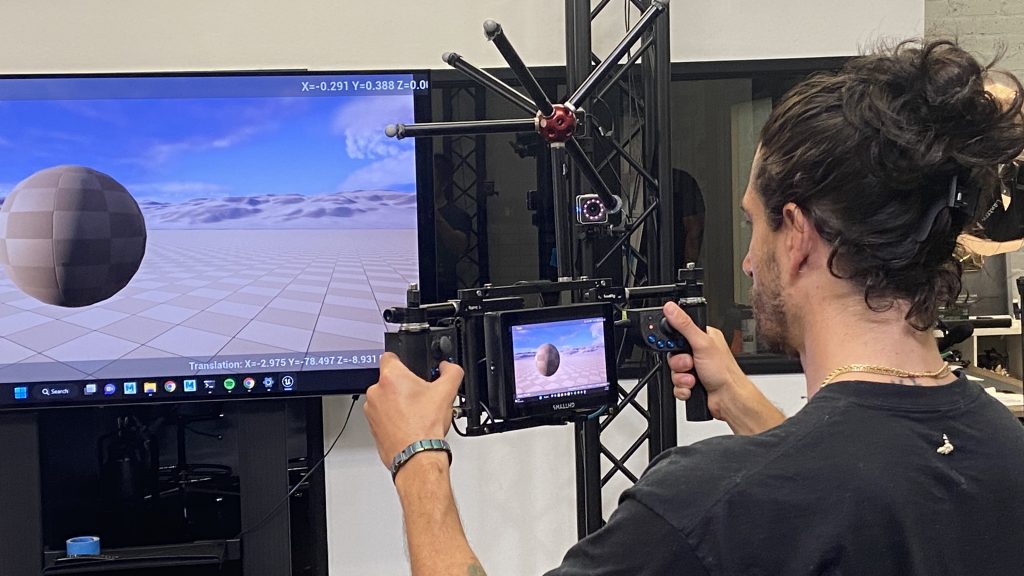
Introducing our wireless joystick, the ultimate virtual camera controller for virtual production. Designed to seamlessly integrate with applications like MotionBuilder and Unreal Engine, this device allows you to navigate virtual environments and capture stunning shots with precision and flexibility. With its intuitive layout, ergonomic design, and network connectivity, you can execute intricate camera movements and elevate your projects to new heights of realism. Redefine virtual production with our state-of-the-art wireless joystick.
Contents:
Download the latest software from here.
